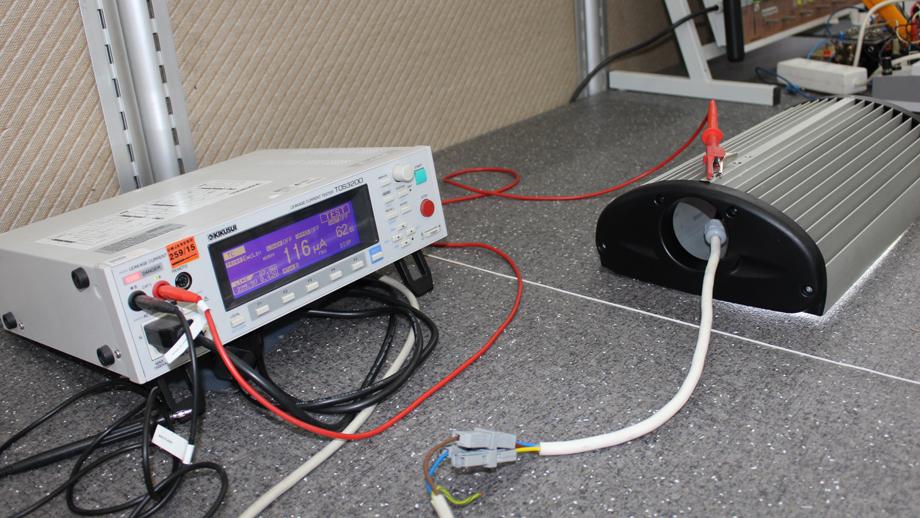Safety of electrical equipment
Electrical safety testing evaluates the safe use of products by people or incidental contact with animals. Safety standards for each device are primarily set through Harmonized Standards.

Devices that utilize the radio spectrum or operate at higher voltages must adhere to the Low Voltage Directive (LVD). Manufacturers should exercise special caution when designing products for children, elderly individuals, individuals with disabilities, or those unaware of the risks associated with electrical products.
Among the products tested are IT equipment, measuring tools, lamps, household appliances, and others.
The most common tests include:
- Measurement of input current and power
- Testing with various probes to ensure protection against access to live parts
- Heating measurements
- Leakage current and dielectric strength testing
- Insulation resistance measurement
- Stability and mechanical hazard testing
- Verification of power supply connections and external connections
- Inspection of screws and terminal connections
- Heat and fire resistance testing (using glow-wire testing)
Assessment of exposure to electromagnetic fields from lighting fixtures, IT equipment, household appliances, etc.